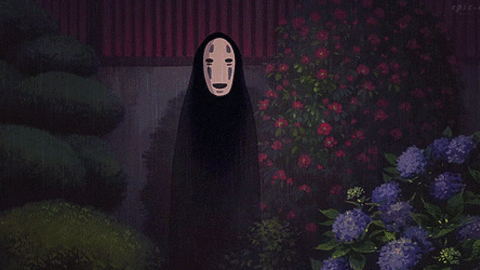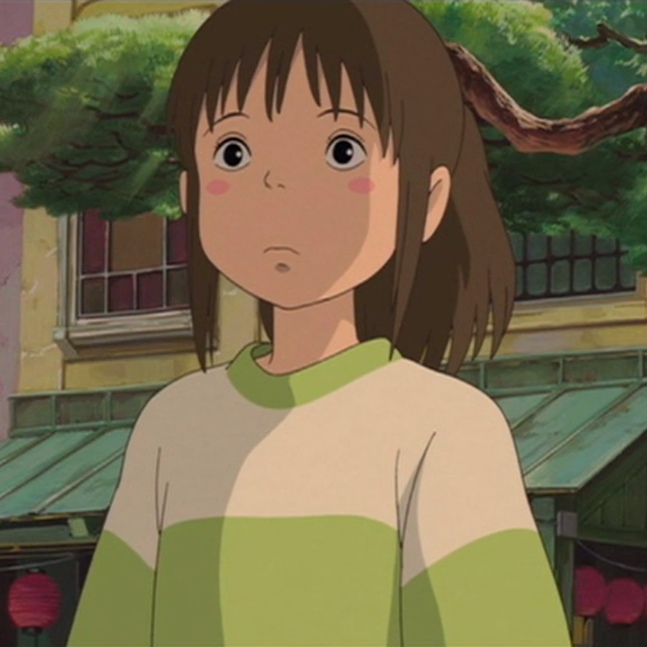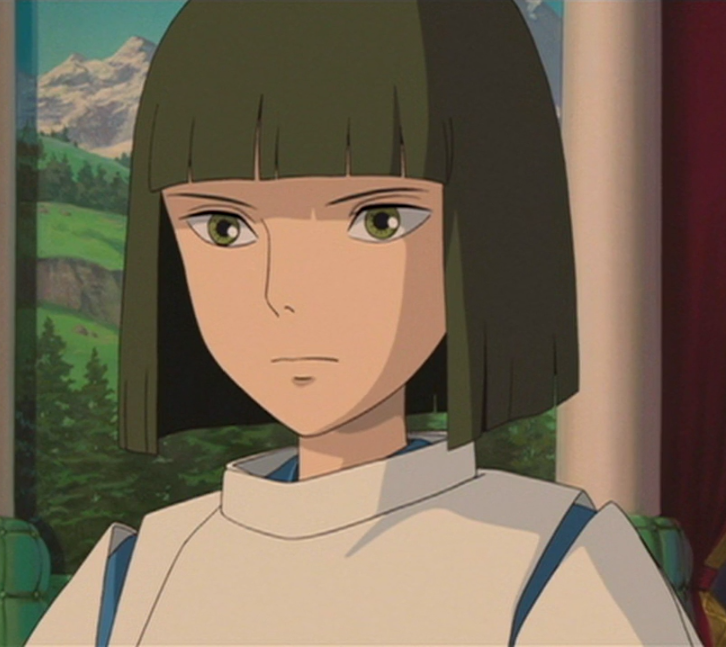Yubaba is strict to her employees like the queen of Alice's Adventures in Wonderland. When Yubaba ordered the slaughter of Chihiro's parents, this action resembled the Queen of Heart's infamous line 'Off with their heads!' Yubaba is stylistically unique within the bathhouse, wearing a Western dress and living among European decor and furnishings, representing the Western capitalist influence over Japan in its Meiji period and beyond.

No-Face, who reflects the characters which surround him, learned by examples and took the traits of whomever he consumes. No-Face doesn't exist in Japanese mythology. He is an original character created by Hayao Miyazaki to speed up the story. His physical appearance is taken from Bombyx mori, a silkworm.





